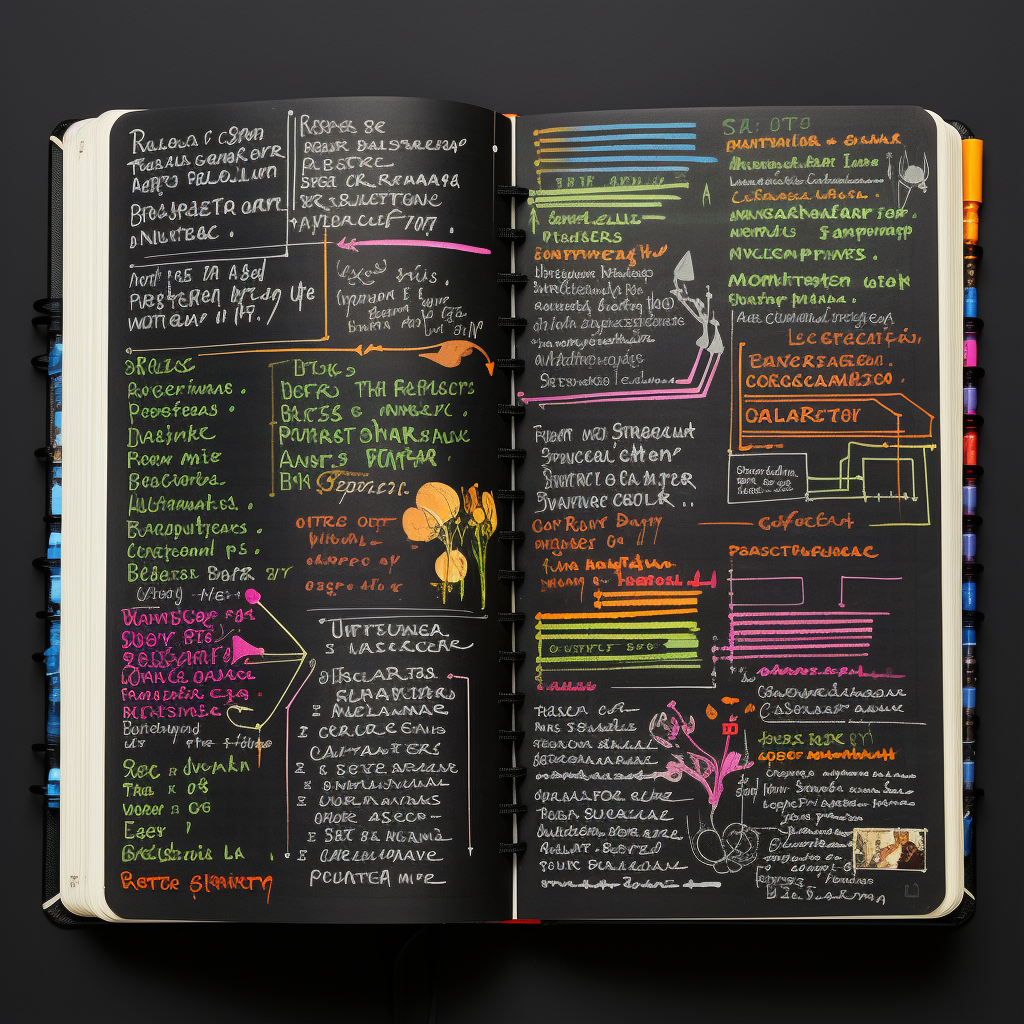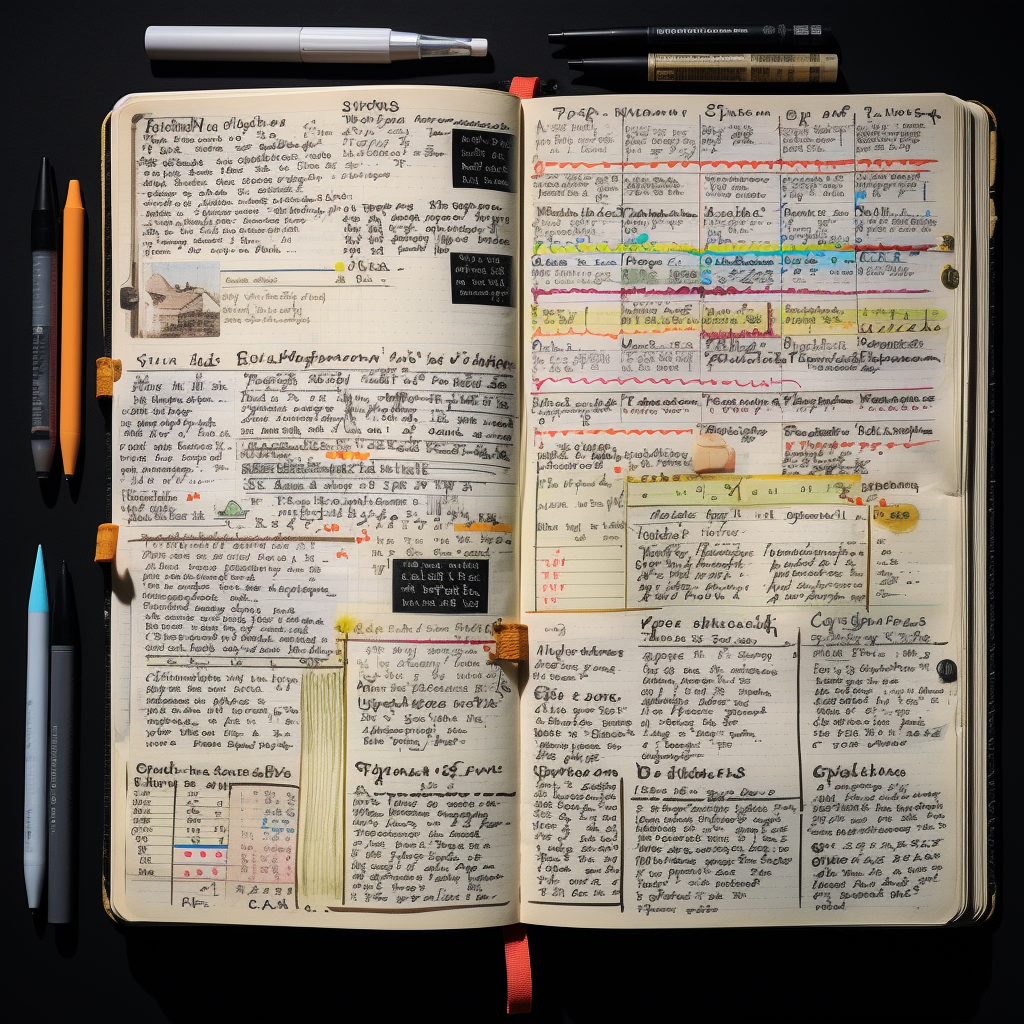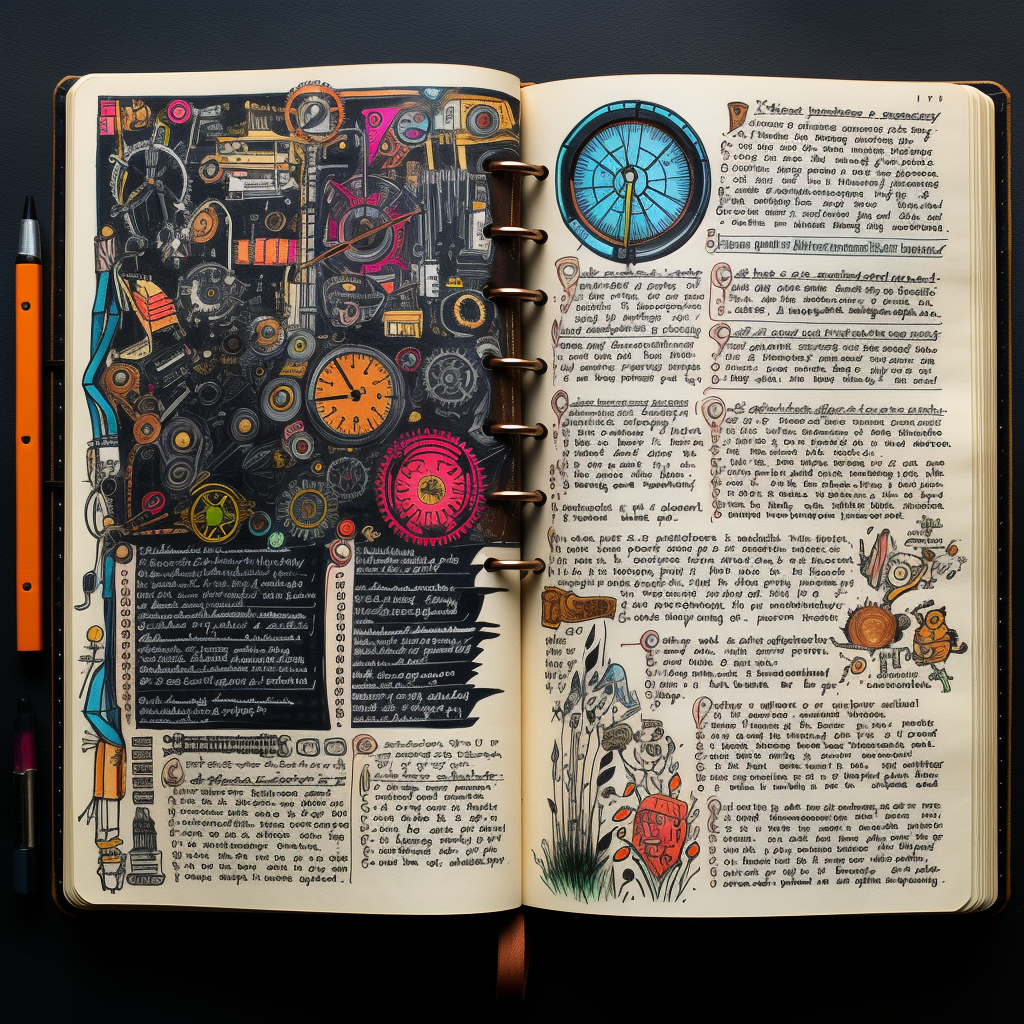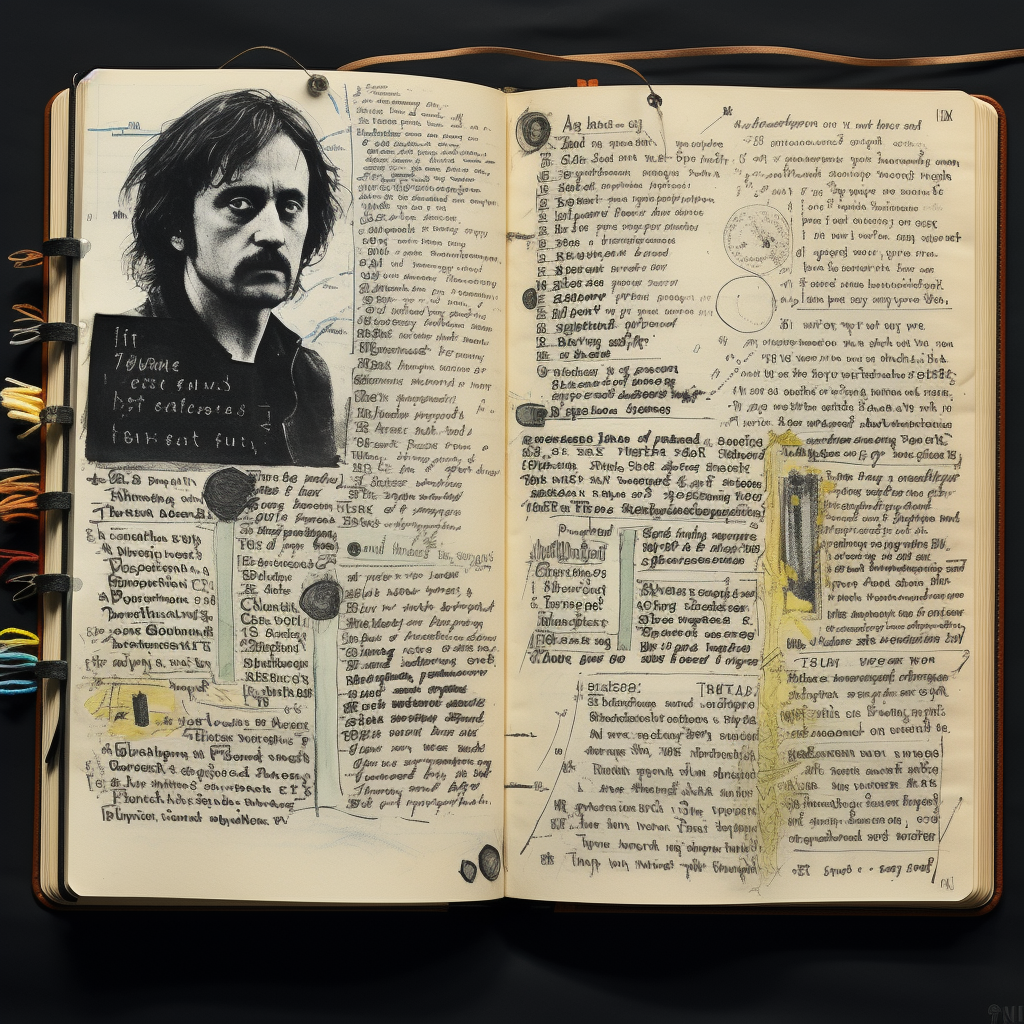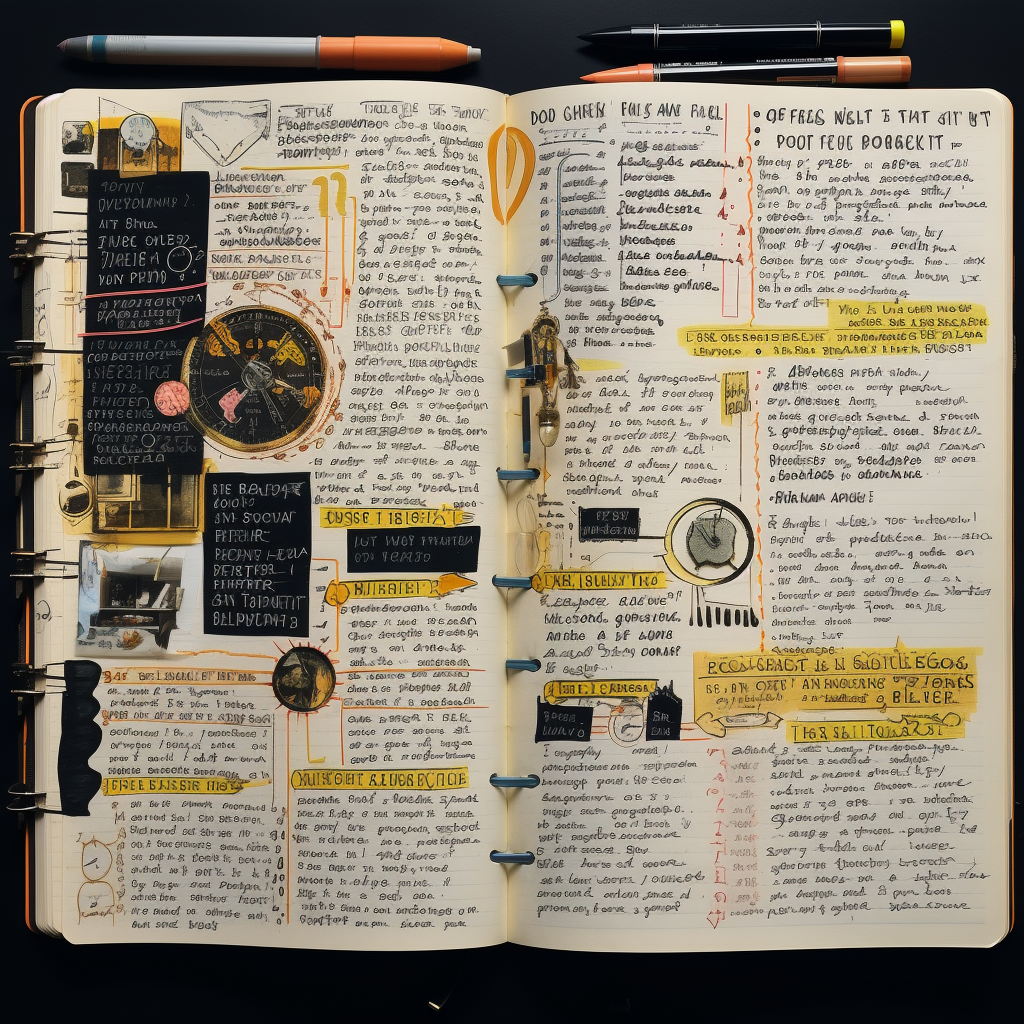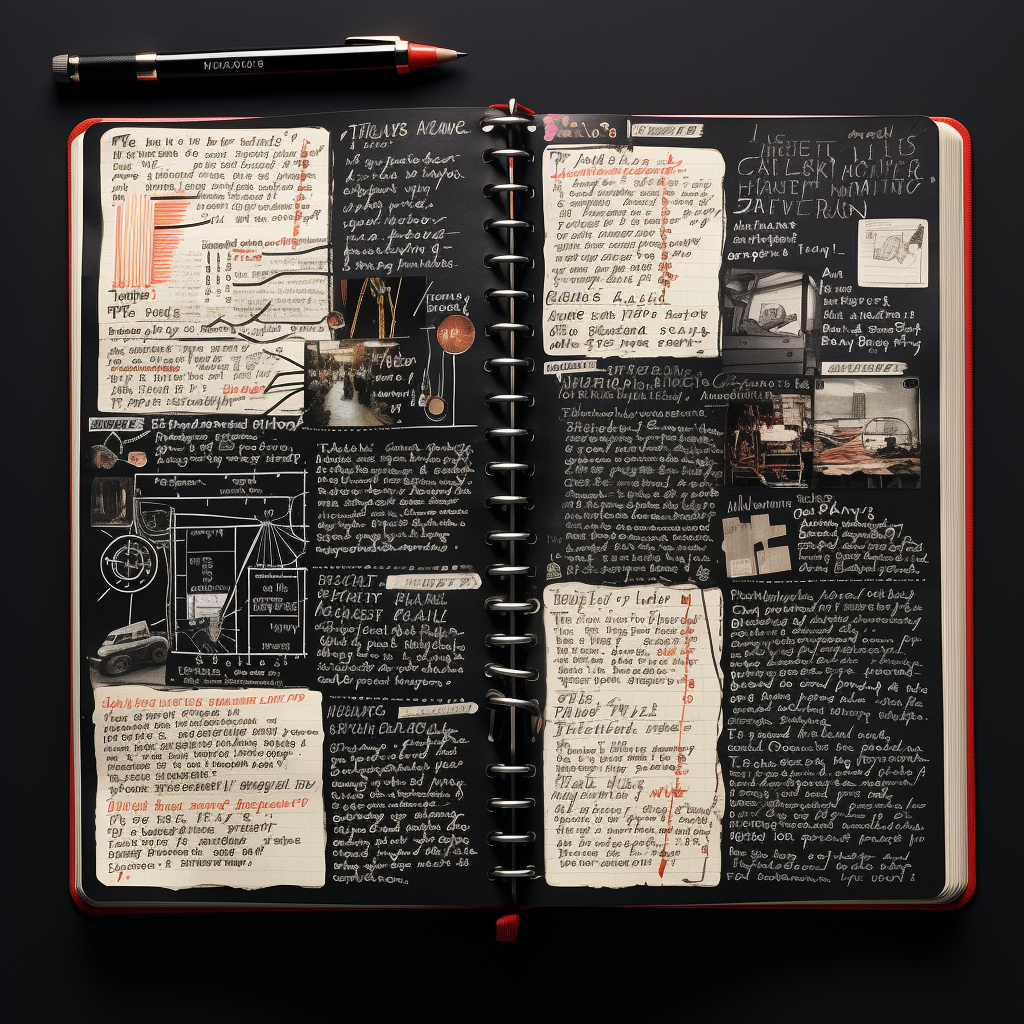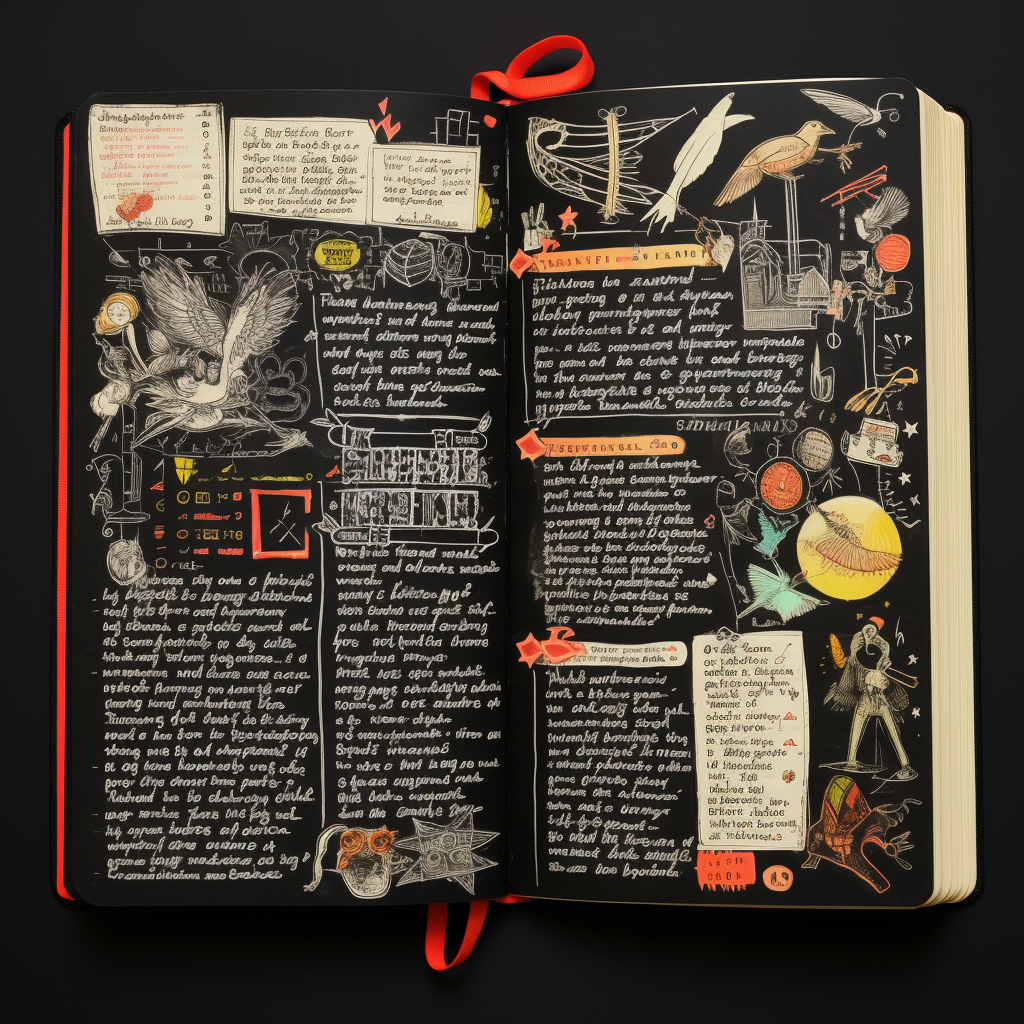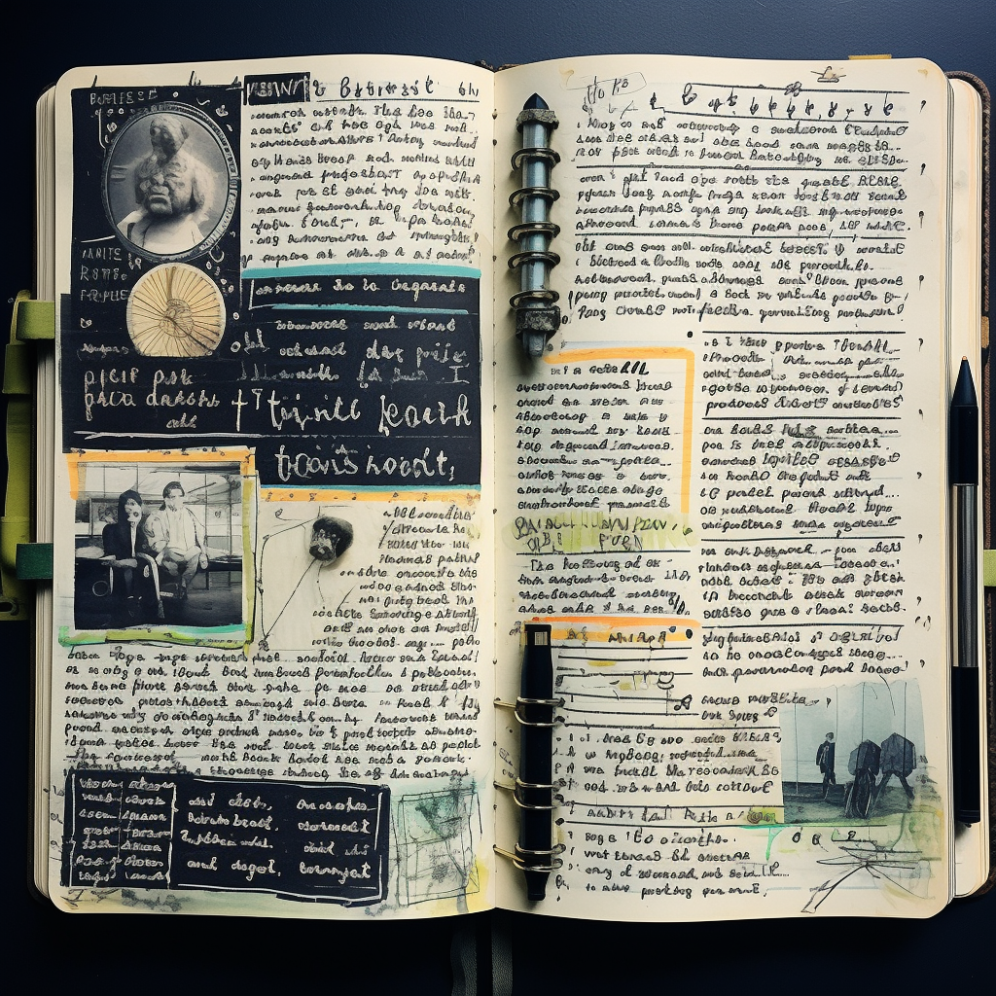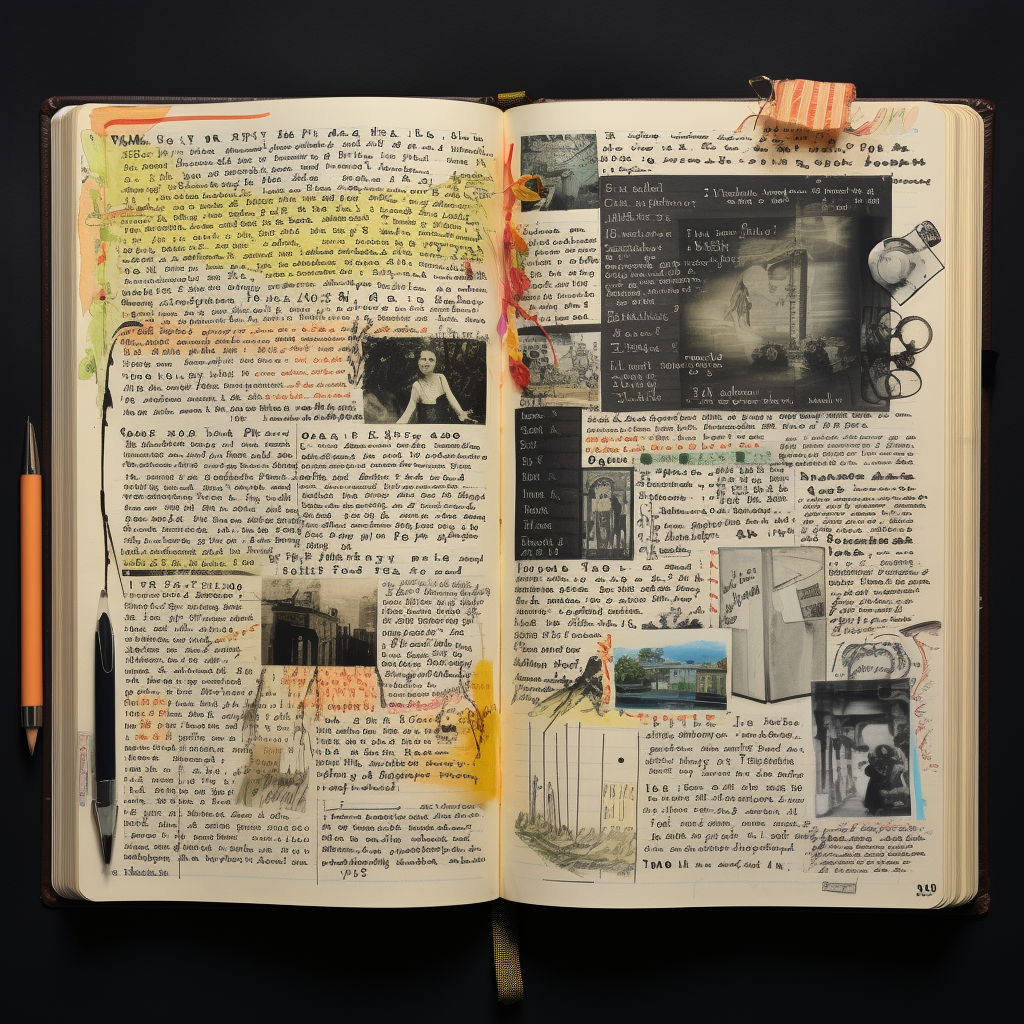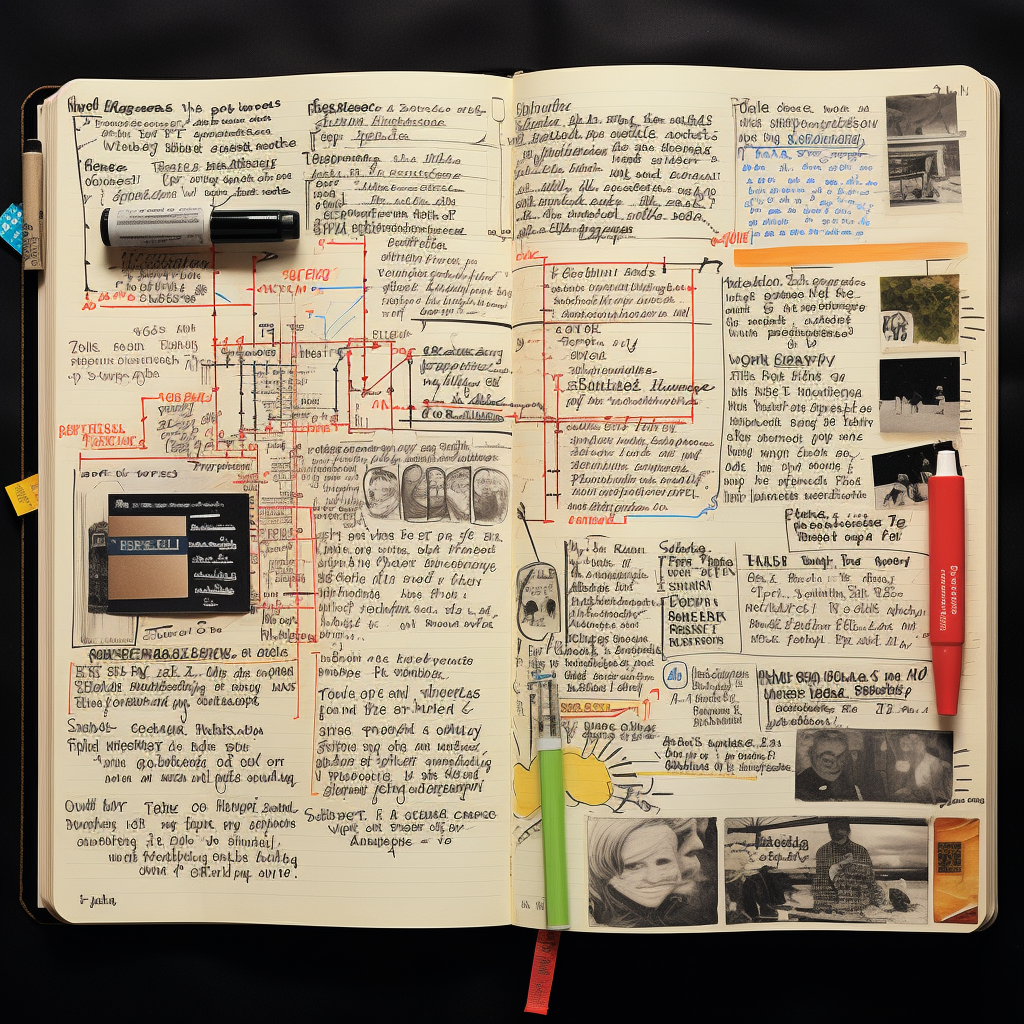Phonaesthetics
Beautiful (Sounding) Words: Eloquence, Luminous, Aurora
Unpleasant (Sounding) Words: Moist, Squelch, Regurgitate
“The rooks too were keeping one of their annual festivities; soaring round the tree tops until it looked as if a vast net with thousands of black knots in it had been cast up into the air; which, after a few moments sank slowly down upon the trees until every twig seemed to have a knot at the end of it. Then, suddenly, the net would be thrown into the air again in a wider circle this time, with the utmost clamor and vociferation, as though to be thrown into the air and settle slowly down upon the tree tops were a tremendously exciting experience.”
Woolf’s use of hard consonant sounds, within and between adjoining words, specifically her use of the letter t, bring both alliterative effect and descriptive design to her paragraph. We read of tree tops, knots, twigs, nets, times, and tremendous excitement, where Woolf is using the staccato, punctuated t sounds to reinforce her portrayal of the rooks gathered together as black knots. We alliteratively sink slowly and settle slowly and enjoy the exciting experience, regulating the pace of the reader’s journey with the letters s and e just as the rooks accelerate and glide in parallel. She supports this through a lengthy complex sentence, heavily punctuated with commas which itself rapidly soars and swoops in a rhythmic echo of the rooks’ flight. Their one-syllable words are urgent and action oriented, with common nouns combined with polysyllabic pacing and description, and where she saves the linguistic crescendo of ‘utmost clamor and vociferation’ as the most heightened moment of flight, but also of our reading. After this crescendo, we settle slowly, the pace slows, and we reflect on our experience.






















